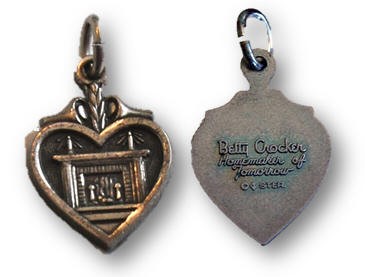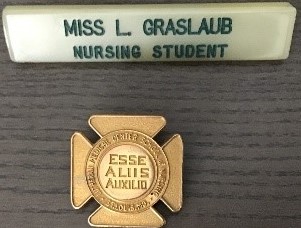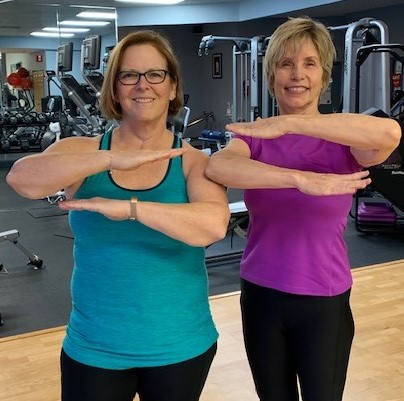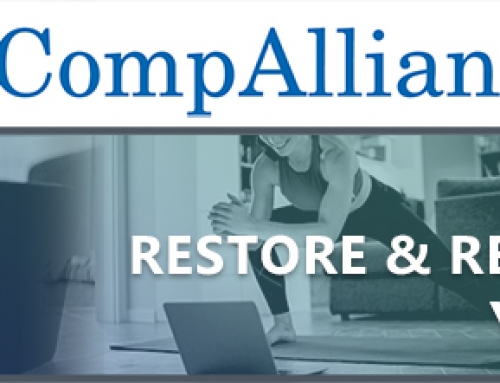Women and Opportunities in the ’70s
Thought I would take a break today from COVID-19. Because of our (rightful) preoccupation with COVID-19, we didn’t get to spend much time on the meaning of International Women’s Day 2020, on March 8 this year. This year’s theme was “I am Generation Equality: Realizing Women’s Rights”. The year 2020 is a pivotal year for advancing gender equality worldwide, as the global community takes stock of progress made for women’s rights since the adoption of the Beijing Platform for Action. It will also mark several other galvanizing moments in the gender equality movement: a five-year milestone towards achieving the Sustainable Development Goals; the 20th anniversary of UN Security Council resolution 1325 on women, peace and security; and the 10th anniversary of UN Women’s establishment.
As this is a year to take stock in progress and areas to work on, I thought I would share a bit about my career as a Registered Nurse, as I have seen such major changes just in the 40+ years of my career as a nurse in attitudes about nursing but also towards women in general in the workplace. If you would like, take a walk with me down memory lane and my experiences as a woman in the workforce since the 1970s. Otherwise, if you want the condensed version, just skip to the last paragraph for the point I am trying to make.
But first we need to go back to 1974, when I graduated from high school with the goal of becoming a machinist or some other manufacturing position at McDonnell Douglas in St. Louis. To give you an idea as to the environment in that era, as a senior, the girls in my high school had just won the right to wear slacks to school for the first time! My earlier years in high school I had to wear a dress or skirt to school unless the temperature outside was under 25 degrees (I believe that was the cutoff). Girls were not allowed to take shop, nor were there any official high school sports open to the female students except field hockey. Perhaps my desire to become a machinist was a bit unrealistic, but I knew men were able to support a family with this skill, so I wanted to explore that option.
After graduation I attempted to apply at McDonnell Douglas for a position in the factory as a machinist or other type of work. Instead, I was invited to take a typing test as this was the only type of employment open to females, other than cafeteria work. I was not a typist, and only was able to type 12 w.p.m. I did not get a job offer. So, what was I to do? I decided to go to college to become a home economics teacher. In high school I had taken a test for a scholarship and was awarded the Betty Crocker Homemaker of Tomorrow for my school. Luckily, I did not continue this educational avenue after a year, as I am not sure there are too many home economics programs in high schools anymore.
Transitioning to a Nursing Program – Part 3 of the Trifecta of the More Traditional Professional Female Opportunities in the ’70s
I decided to then apply to nursing school (one of the trifectas of jobs easily open to women in the 1970s and since I wasn’t too enamored with the other two – secretarial or teacher, I hoped this one would stick). At Lutheran Medical Center School of Nursing, we lived in a dormitory next to our nursing school and hospital. We had a woman who sat at the front desk and made sure we signed in and out. No men were allowed upstairs. We worked at the hospital when we were not attending classes. Three other students and I worked out a plan where we made dinner for each other one night a week, so we had supper prepared for us the other three nights (especially handy if you were working that evening over at the hospital) and then you were on your own for Friday and the weekend.
We took college courses as part of our diploma program, but our focus was on clinical experiences. We had to memorize drug cards (manually prepared by researching a Physician’s Desk Reference Book (PDR) on every medication our patients were being prescribed). After our first semester learning how to make beds, take vital signs, etc. we were thrust into patient care. By our third year we were acting as staff nurses, performing all procedures (with teacher oversight), etc. for multiple patients. We wore student nurse uniforms (crisp blue and white striped dresses with a white apron and a nurse’s cap with two blue velvet stripes and our school nursing pin). We were a sight to behold. Our uniform looked very much like my childhood idol, Cherry Ames, student nurse.
Cherry Ames books were written between the years 1943 and 1968. Guided by family friend Dr. Fortune, Cherry decides on a career in nursing in the war years. Her training at the Spencer Hospital School of Nursing is the subject of the first two books. In the third book in the series, Army Nurse, Cherry joins the Army Nurse Corps. I read and re-read these books (still have them) and many more in this series. It painted a picture of a nurse who dealt with physicians who underestimated her skills and professionalism (not all did, but most did), but in the end, Cherry was always vindicated. When I decided to go to nursing school, my family doctor had me come visit him, and awarded me my first stethoscope.
My nursing school focused on the sciences and best practices of nursing. We were encouraged to always follow the best practice for any procedures, medication administration, etc. The other item we were trained on was how to work with physicians. We were instructed, if a physician was to enter the nursing station to review a chart, we were to immediately stand up and offer him our seat.
This practice continued at the next hospital I worked at in the Emergency Department. The physicians were all provided an individual seat at an extended desk to work at when not examining patients. The nurses could either congregate in the utility room or on a stool in the main emergency ward. While in the ED, we did make the decision to stop wearing our caps, due to the work we performed, however we continued to wear crisp white uniforms.
Returning to McDonnell Douglas (Triumphant)
In my next position, I worked as an occupational health nurse at ironically, McDonnell Douglas. I had enrolled in one of the first Advanced Cardiac Life Support (ACLS) courses offered in St. Louis while working in the ED, and ultimately became an ACLS instructor. When we were slow in the ED, I would go out on runs with our paramedics to obtain experience regarding working an emergency at the original scene.
At that time, many emergency responses were still being conducted as a “scoop and carry/run” process. McDonnell Douglas, at that time utilized their security guards as emergency responders. I contacted the First Aid department at McDonnell Douglas after observing the ongoing results/futility of their “scoop and carry/run” process employed for their heart attack victims who went into cardiac arrest. As a result, they asked me to come work at their facility and to ramp up their emergency response program.
I began the process of training emergency response teams of nurses and guards, setting up ambulances with all the needed drugs and materials, and developing standing orders and clinical algorithms to be approved by the Medical Director. We began saving lives! However, when back in our office I was advised by our Nursing Supervisor, we were to address our next in line, (male) supervisor who was not a medical professional, as Mr. Lxxxx.
After 11 rewarding years at McDonnell Douglas in which I developed a Hearing Conservation Department, designed a new Medical Treatment facility and put together a financial analysis which demonstrated the cost savings and advantages of engaging the services of a local emergency response system vs. keeping our emergency response in house, I left for my first job in workers’ compensation.
The Transition to the Workers’ Compensation Environment and Its Many Opportunities
Initially when I joined the workers’ compensation world, it was with a third party administrator (TPA). The case management division of this TPA initially was in its own separate office. We performed case management for our internal adjusters in our TPA and for many other companies also. After a while our two offices were combined. In the claims section, the mainline adjusters and claims assistants were almost entirely female. When you went up to supervisory level, they were probably 50/50 male/female. However, when you went up the chain to the Managers and Directors, they were completely male. When our office moved over to combine with the claims division, we then reported to the Director in the claims office vs. having our own reporting line. I learned a lot about case management while working there and to this day, owe a lot to them.
I ultimately left to work at an independent case management company and after a couple years, became a full partner. During this time, I developed a patented case management software product, which allowed our staff to transfer from paper to virtual and as a result, it allowed our entire company to go virtual, which was rather groundbreaking at the time.
After selling our company to CompAlliance, I stayed on as the Vice President of Communications and Quality. Our management team at CompAlliance is well balanced between male and female. We all have a place at the bimonthly Executive Committee Meetings. I have been afforded the opportunity to develop programs, informational materials, speak at conferences, and join committees and organizations outside of our company that interest me. Our CEO basically sat down with me when I came on board and said, “What do you want to do? What value can you bring to the company? Once you figure that out, do it.” I had a contract to work 3 years, 5+ years ago.
While I have had varied and rewarding experiences at every company I have worked at, until I became my “own boss”, the path to a higher level of management or autonomy did not seem clear. At present we have some great examples of high-level female leadership in the workers’ compensation arena, and I am seeing more and more women achieve these higher levels of responsibility within their own companies. I do not believe one should get any job just because they “check a box”, however, I believe we all need to examine our unconscious biases, evidence cultural humility, and explore ways to recognize, acknowledge and overcome these biases. When we accomplish this, we will have achieved #EachforEqual.



